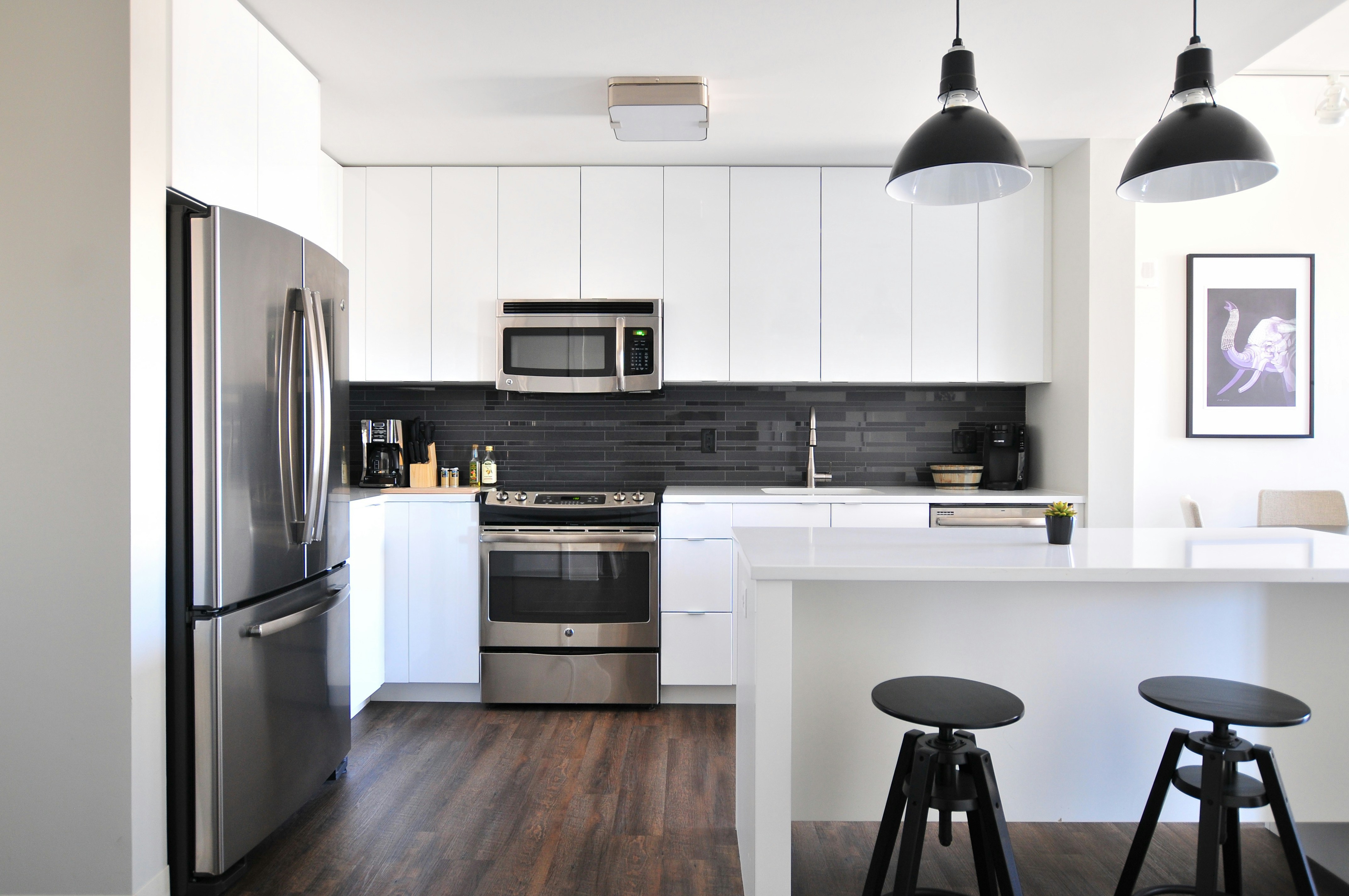Mistakes People Make When Buying a Refrigerator in Australia
Purchasing a refrigerator is a significant investment for Australian households, with most models expected to last 10-15 years. Despite this long-term commitment, many consumers rush the decision-making process, focusing solely on price or aesthetics while overlooking crucial factors that affect functionality, efficiency, and suitability for their specific needs. Understanding common mistakes can help you avoid buyer's remorse and ensure you select a refrigerator that serves your household effectively for years to come.

Key mistakes people often make when buying a refrigerator
One of the most prevalent errors when purchasing a refrigerator is choosing the wrong size. Many Australians either overestimate or underestimate their storage needs. An oversized refrigerator wastes energy and valuable kitchen space, while an undersized model results in cramped storage and potential food wastage. Before shopping, measure your available space carefully, accounting for door clearance and ventilation requirements (typically 5-10cm at the back and sides). Consider your household size and shopping habits—a family of four typically needs 400-600 liters of capacity, while a couple might manage with 250-400 liters.
Another common mistake is neglecting to consider the climate classification of refrigerators. Australia’s diverse climate means that not all refrigerators perform equally well across different regions. Refrigerators are classified as SN (Subnormal), N (Normal), ST (Subtropical), and T (Tropical). In hotter regions like Queensland or Northern Territory, a refrigerator with ST or T classification will function more efficiently, whereas in cooler southern states, an SN or N rating may suffice. Choosing a refrigerator unsuited to your local climate can lead to poor performance and increased energy consumption.
Essential factors to keep in mind before making a refrigerator purchase
Energy efficiency should be a primary consideration when selecting a refrigerator. Many buyers focus only on the upfront cost, ignoring the long-term operational expenses. In Australia, refrigerators display an Energy Rating Label with stars—more stars indicate better efficiency. A difference of just one star can translate to hundreds of dollars in energy costs over the appliance’s lifetime. For instance, a 400-liter refrigerator with a 3-star rating might cost approximately $115 annually to run, while a similar 5-star model could cost under $70 per year.
The internal configuration and features of a refrigerator significantly impact its usability. Some buyers select models with impressive-sounding features without considering whether these align with their actual needs. Adjustable shelving, humidity-controlled crispers, and specialized storage compartments should match your typical food storage patterns. Australian households that frequently entertain might benefit from additional door storage or a larger freezer section, while those who prioritize fresh produce might want enhanced crisper functionality. Consider how you’ll use the refrigerator daily rather than being swayed by features you may rarely use.
Tips to ensure you make an informed decision when purchasing a refrigerator
Research the reliability and after-sales support before finalizing your refrigerator purchase. Many consumers overlook this aspect, focusing exclusively on specifications and price. In Australia, where some regions are remote, ensuring that service technicians are available in your area is crucial. Check warranty terms carefully—most refrigerators come with a 2-5 year warranty, but coverage varies significantly between manufacturers. Online reviews and consumer advocacy websites can provide insights into long-term reliability and customer service quality for different brands available in the Australian market.
Understanding the different refrigerator types and their suitability for your kitchen layout is essential. Top-mount freezers are typically more energy-efficient and less expensive but require bending to access lower refrigerator shelves. Bottom-mount designs offer easier access to frequently used items but may cost more to run. Side-by-side models provide good organization but generally have narrower shelves that might not accommodate large platters or pizza boxes—a consideration for many Australian households that entertain. French door refrigerators offer flexible storage but come at a premium price point. Selecting the wrong configuration can result in daily frustration and inefficient use of space.
Comparing refrigerator models available in Australia
When selecting a refrigerator, comparing various models across different specifications helps ensure you make an informed decision. The table below highlights some popular refrigerator models available in Australia with their key features and approximate price ranges:
| Model | Type | Capacity | Energy Rating | Estimated Price Range (AUD) | Key Features |
|---|---|---|---|---|---|
| Samsung Family Hub | French Door | 634L | 3.5 stars | $2,800-$4,500 | Smart features, touchscreen, wifi connectivity |
| LG InstaView | Side-by-Side | 601L | 3 stars | $2,400-$3,800 | Door-in-door viewing panel, ice/water dispenser |
| Fisher & Paykel ActiveSmart | Bottom Mount | 442L | 3.5 stars | $1,700-$2,600 | Humidity control zones, adaptive defrosting |
| Westinghouse WTB4600 | Top Mount | 460L | 4.5 stars | $1,200-$1,800 | FlexStor door system, crisper humidity control |
| Hisense HR6TFF437 | Top Mount | 437L | 3.5 stars | $800-$1,200 | Multi air flow system, reversible doors |
Prices, rates, or cost estimates mentioned in this article are based on the latest available information but may change over time. Independent research is advised before making financial decisions.
When comparing refrigerators, remember that the most expensive model isn’t necessarily the best choice for your specific needs. Consider factors like capacity, energy efficiency, and features that align with your usage patterns rather than focusing solely on brand or price point. Demonstrator models or end-of-financial-year sales can offer opportunities to purchase higher-specification refrigerators at reduced prices.
Conclusion
Avoiding common mistakes when purchasing a refrigerator requires thoughtful consideration of your household’s specific needs, available space, and long-term costs. By properly measuring your space, understanding energy ratings, selecting appropriate features, and researching reliability, you can make an informed decision that serves you well for many years. Take time to compare options, consider both purchase price and ongoing operational costs, and choose a refrigerator that balances functionality, efficiency, and value for your Australian home.




